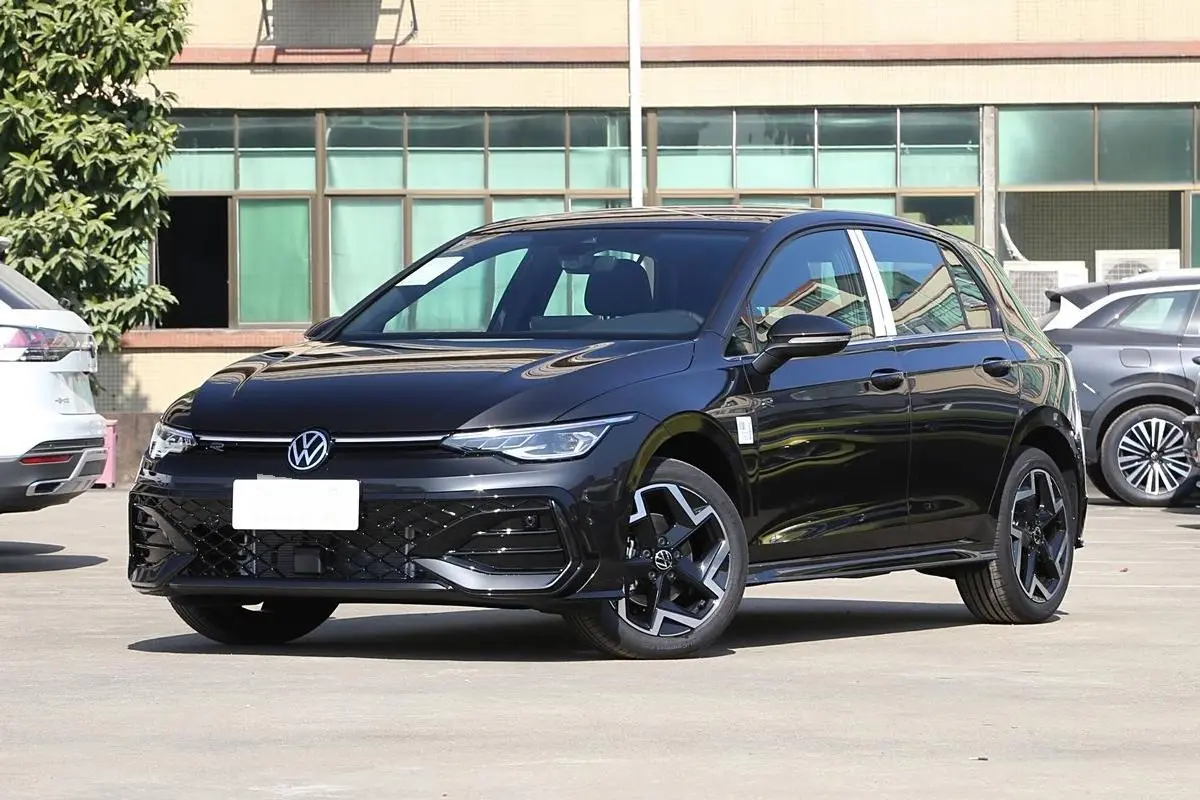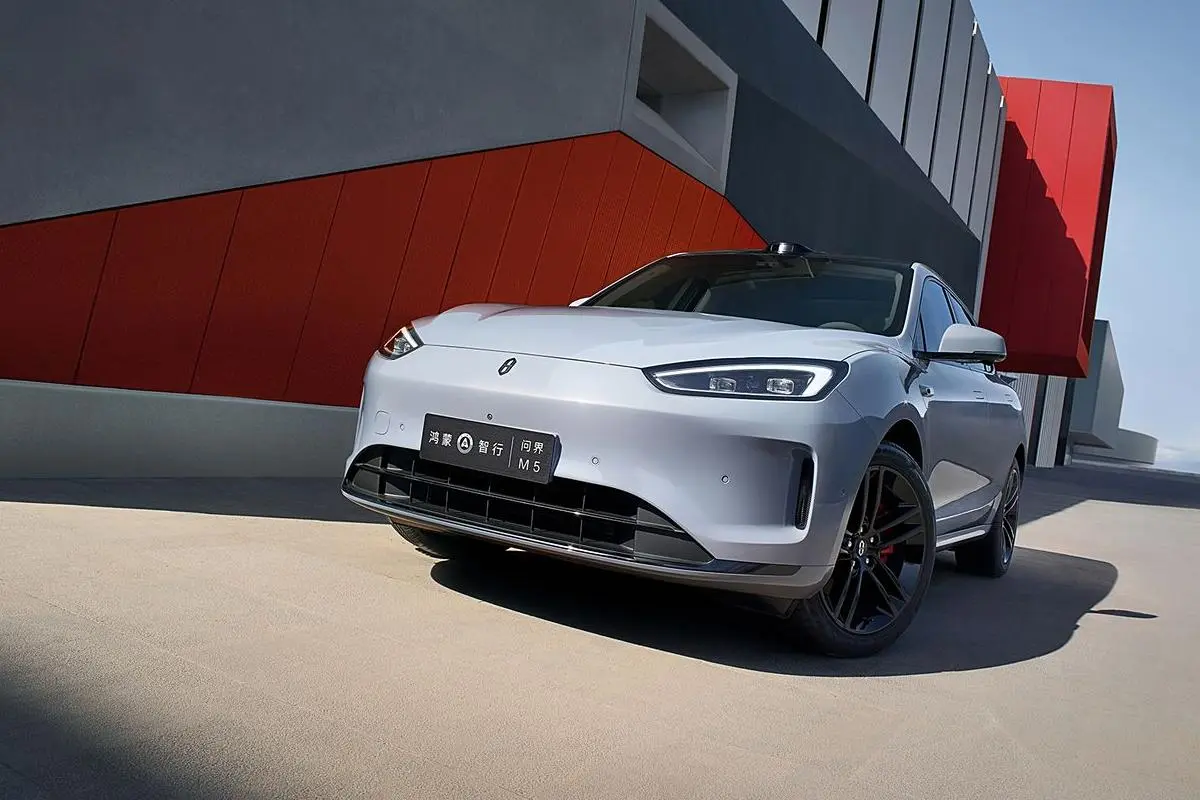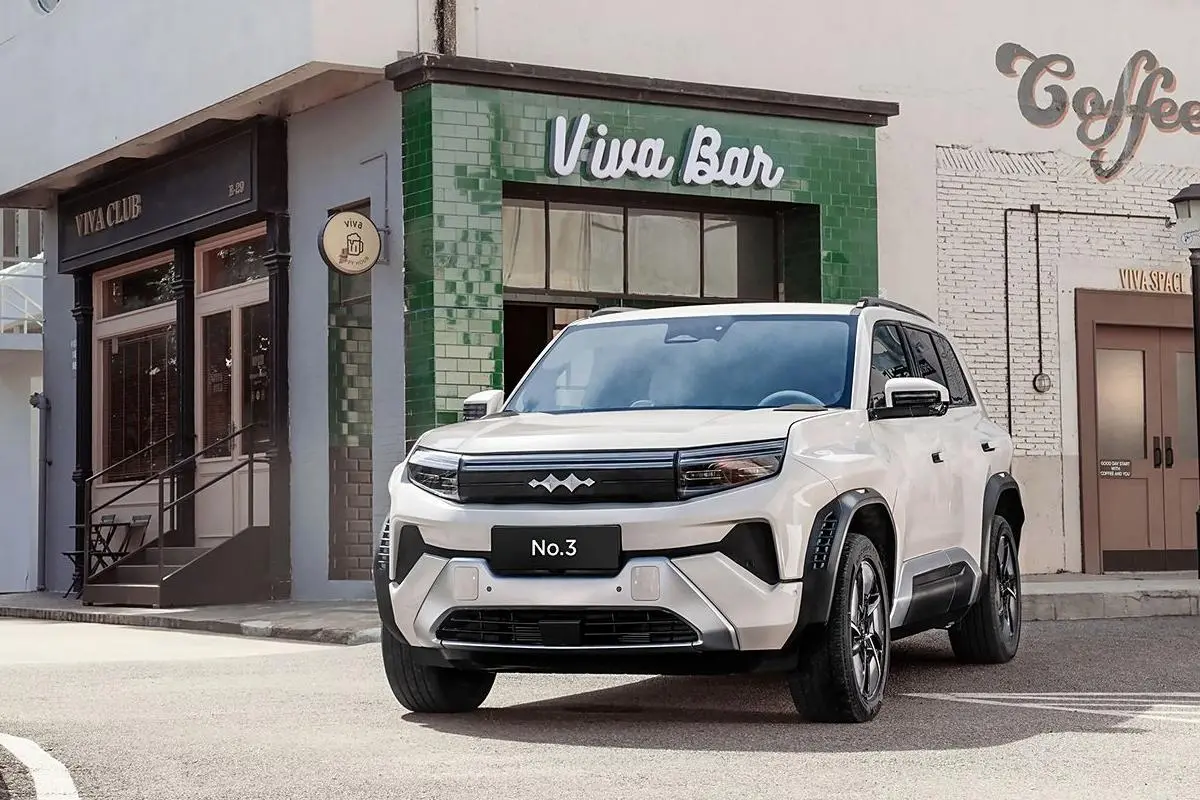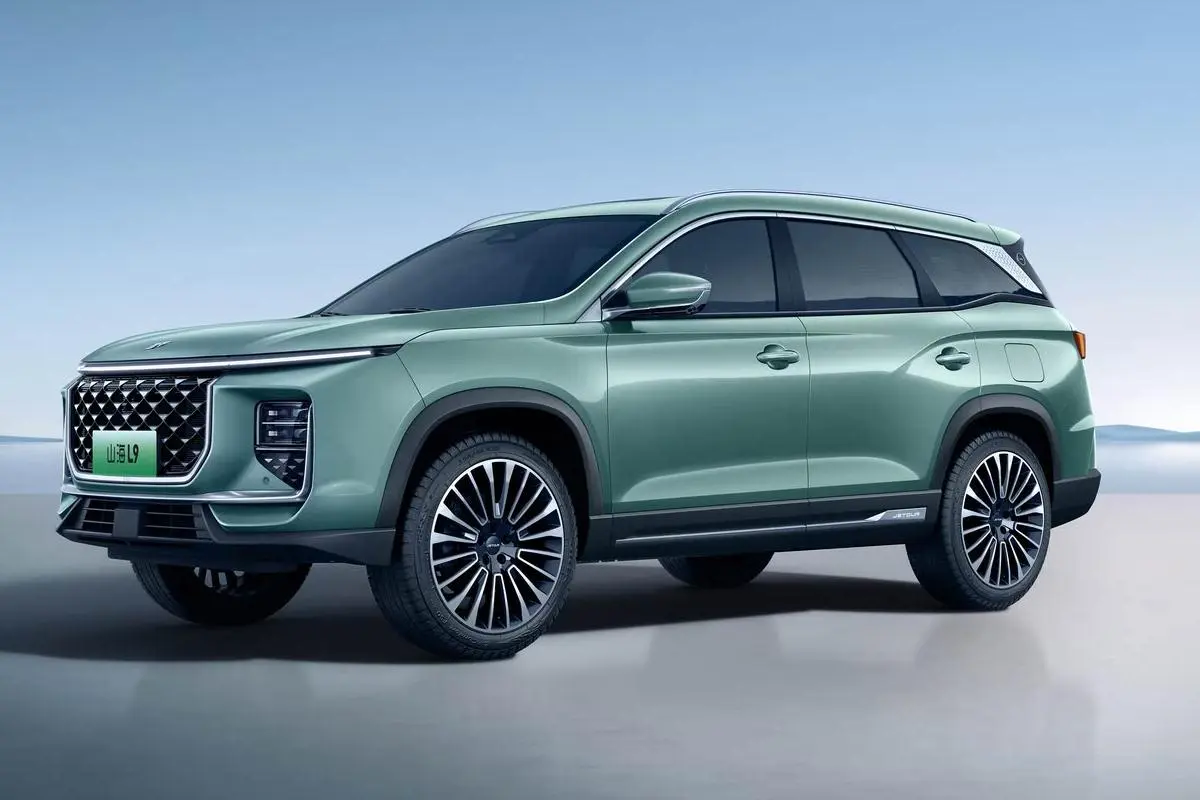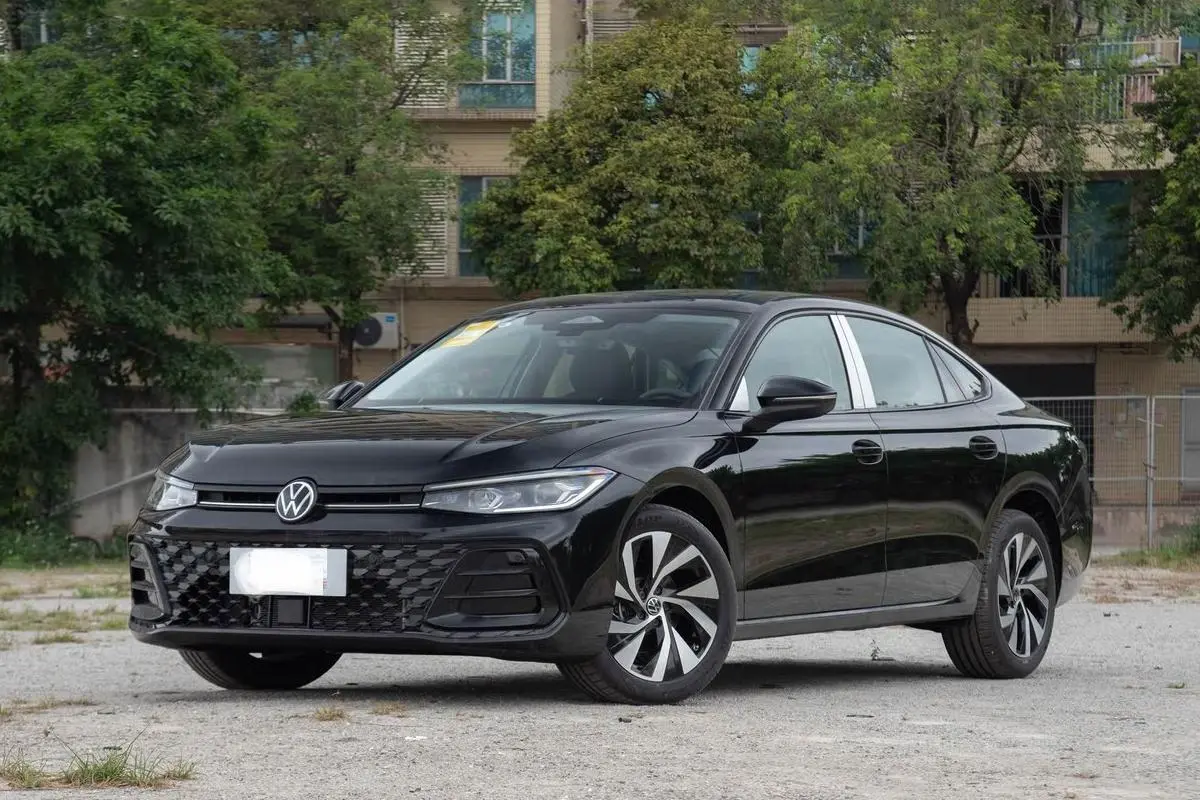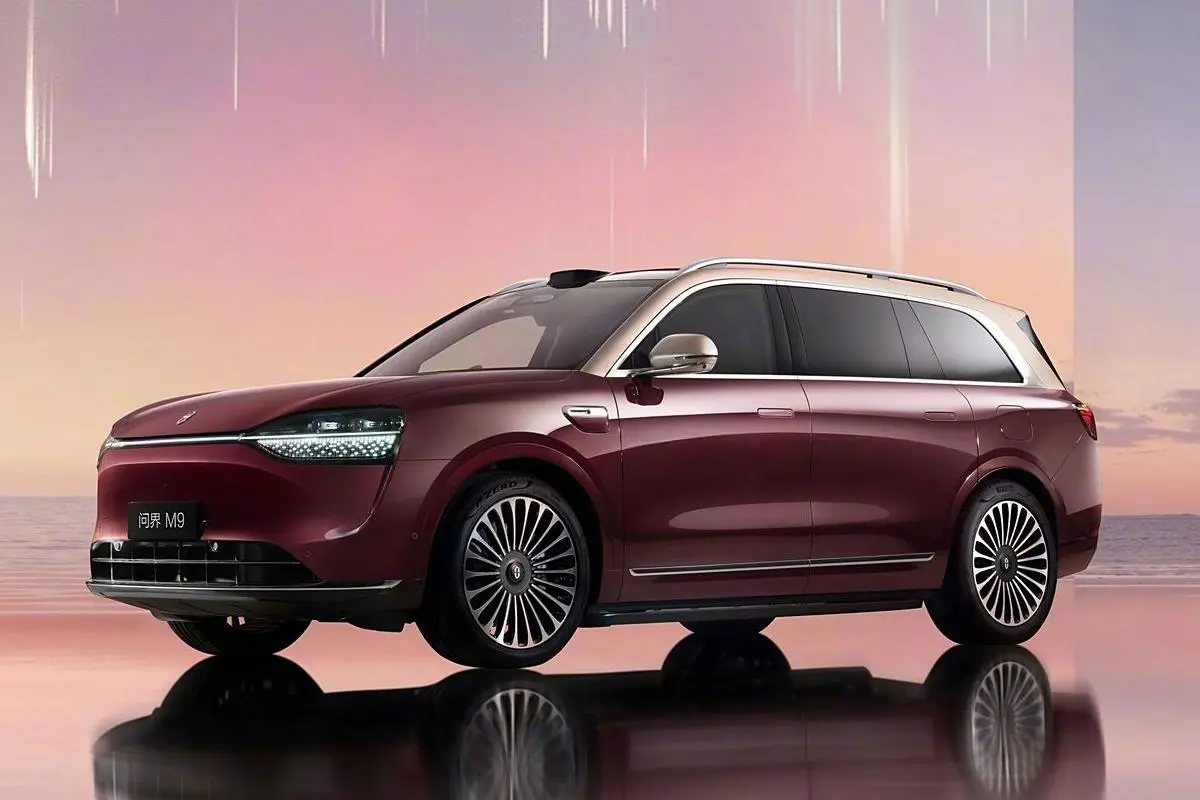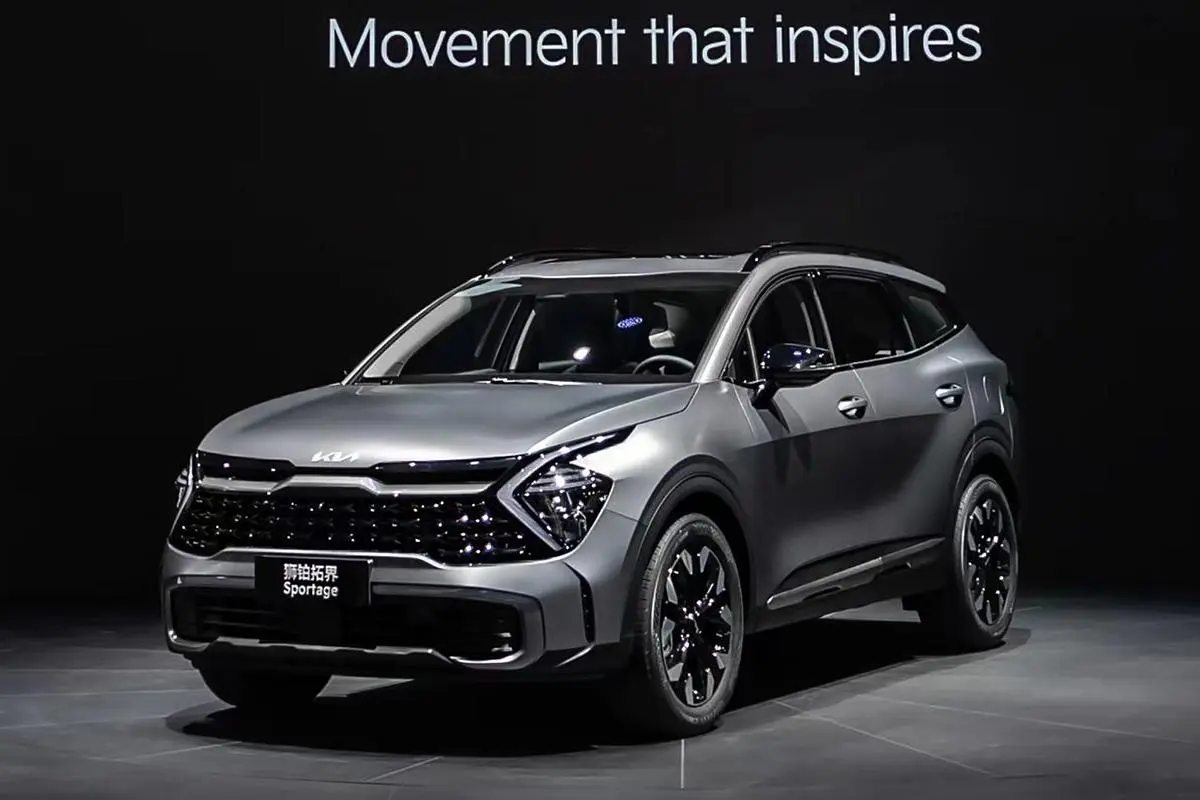Professional hybrid and electric vehicle knowledge news
2024-07-09
With the advancement of technology and the rise of environmental awareness, traditional fossil fuel-powered cars are shifting towards new energy alternatives. Today, we will explain the different types of new energy vehicles available in the market and their representative models.
Hybrid Electric Vehicle (HEV)
◉ Power Source: Primarily powered by both an internal combustion engine and an electric motor.
◉ Working Principle: The internal combustion engine and electric motor can drive the vehicle either separately or together. The internal combustion engine can also generate electricity to charge the battery.
◉ Advantages: Lower fuel consumption and reduced emissions; no need for external charging, making it convenient to use.
◉ Disadvantages: Shorter electric-only range, still relies on fuel.
◉ Representative Model: Toyota Prius: As one of the earliest and most well-known hybrid models, the Toyota Prius is highly popular worldwide.
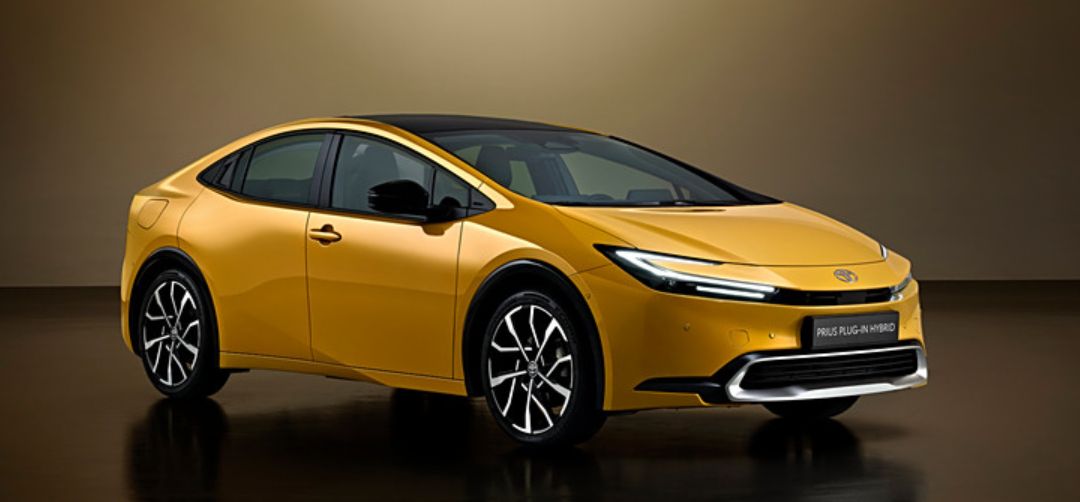
Plug-in Hybrid Electric Vehicle (PHEV)
◉ Power Source: Combines power from an internal combustion engine and an electric motor.
◉ Working Principle: Similar to hybrid vehicles but with the ability to charge via an external power source. It has a larger battery capacity, allowing for a longer electric-only range.
◉ Advantages: Can drive short distances on electric power alone, reducing fuel consumption and emissions; has an internal combustion engine for extended range, eliminating range anxiety.
◉ Disadvantages: Requires external charging infrastructure; more complex than regular hybrids.
◉ Representative Model:
o BMW 530e: A plug-in hybrid sedan that combines luxury with performance.
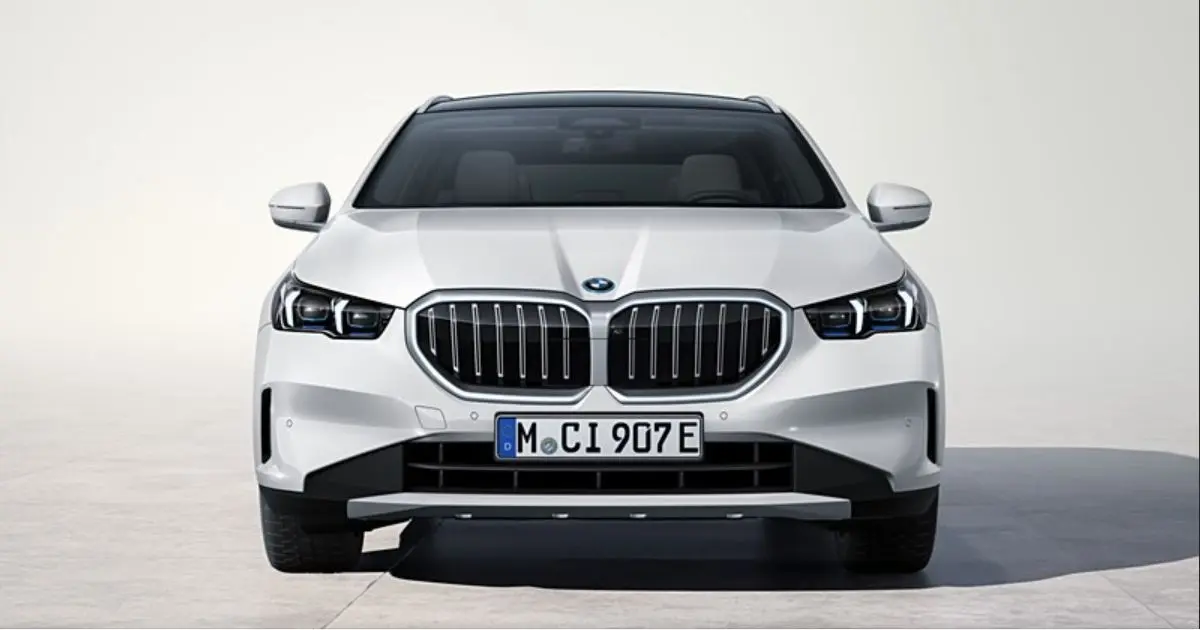
Extended-Range Electric Vehicle (EREV)
◉ Power Source: Mainly powered by an electric motor, with an internal combustion engine used only to generate electricity.
◉ Working Principle: The vehicle primarily uses its battery for power. When the battery's charge is low, the internal combustion engine starts to generate electricity, extending the driving range.
◉ Advantages: Primarily driven by electricity, reducing emissions; the internal combustion engine only generates electricity, improving fuel efficiency.
◉ Disadvantages: More complex structure; still requires maintenance for the internal combustion engine.
◉ Representative Model:
o Li Auto : A popular extended-range electric SUV in the Chinese market, known for its long combined range.

Battery Electric Vehicle (BEV)
◉ Power Source: Entirely powered by an electric motor, with energy stored in an onboard battery.
◉ Working Principle: No internal combustion engine; relies solely on charging the battery to replenish energy.
◉ Advantages: Zero emissions; low operating costs; simpler structure.
◉ Disadvantages: Limited driving range; longer charging times; depends on charging infrastructure.
◉ Representative Model:
oTesla Model 3: A globally best-selling electric sedan known for its excellent range and performance.
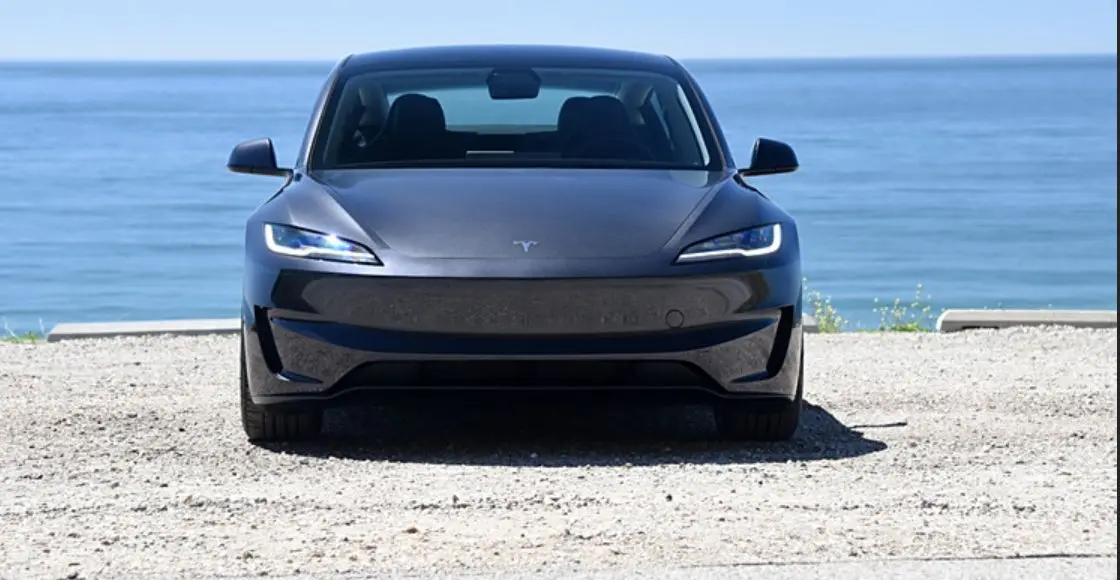
Fuel Cell Electric Vehicle (FCEV)
◉ Power Source: Powered by hydrogen fuel cells and an electric motor.
◉ Working Principle: Hydrogen reacts with oxygen in the fuel cell to produce electricity, which drives the vehicle. The only byproduct is water.
◉ Advantages: Zero emissions; short refueling time; longer driving range.
◉ Disadvantages: High cost of hydrogen production and storage; limited hydrogen refueling infrastructure.
◉ Representative Model:
oToyota Mirai: One of the first mass-produced hydrogen fuel cell vehicles in the world.
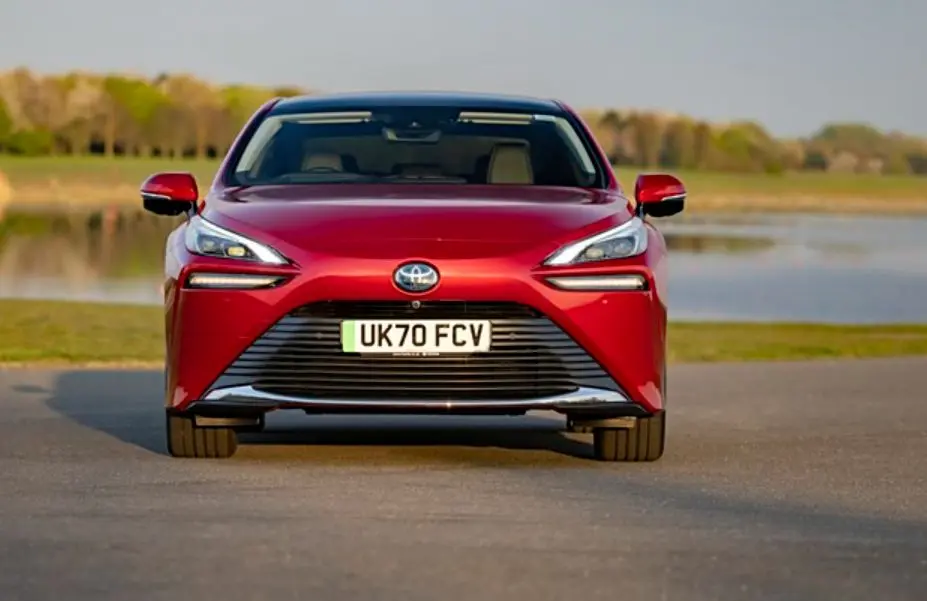
By understanding the differences among these new energy vehicle types and their representative models, you can make a more informed decision about which type might best suit your needs and preferences.


